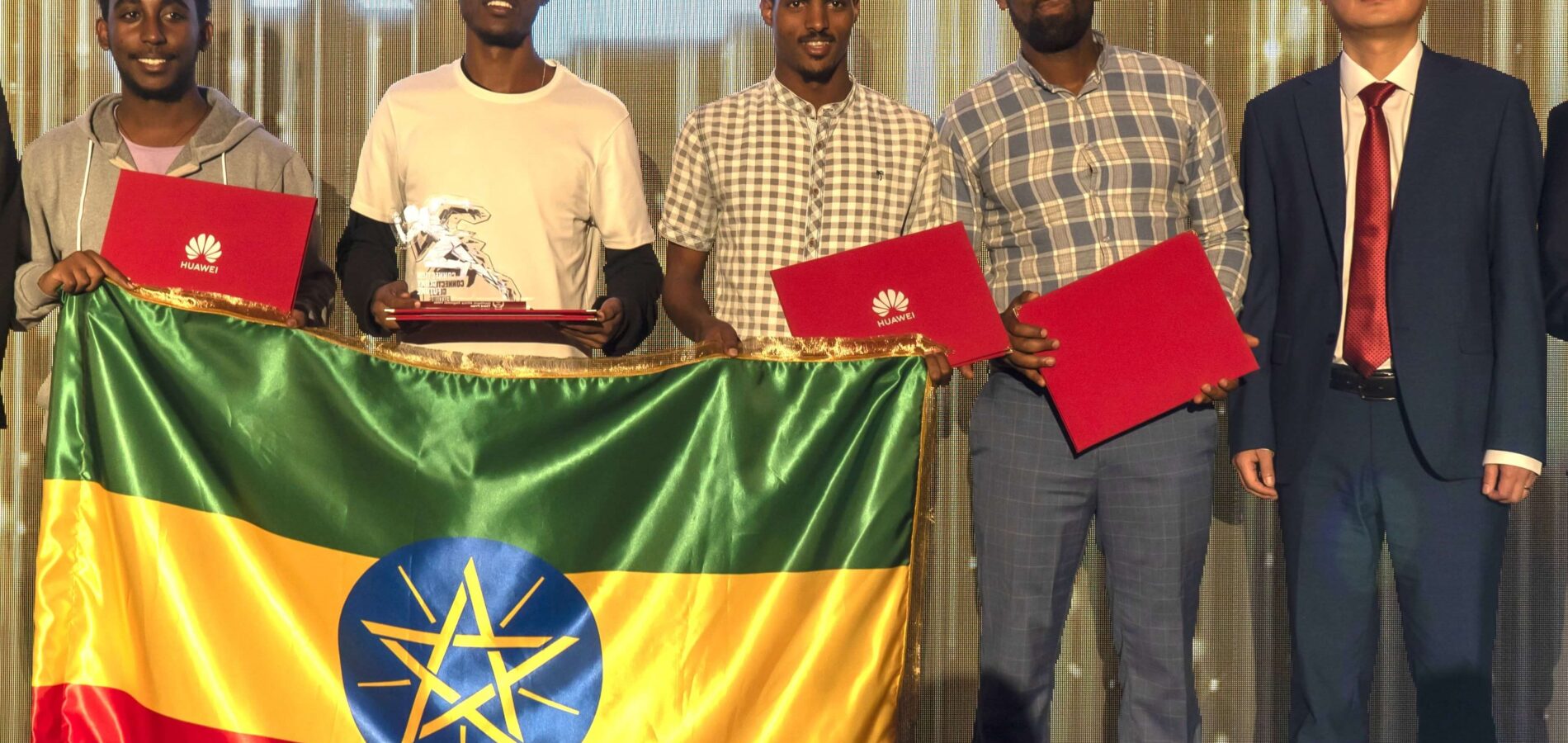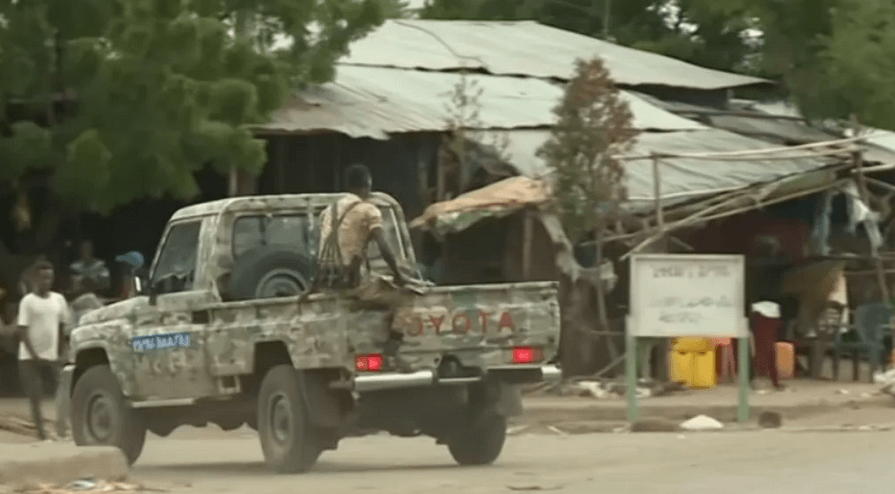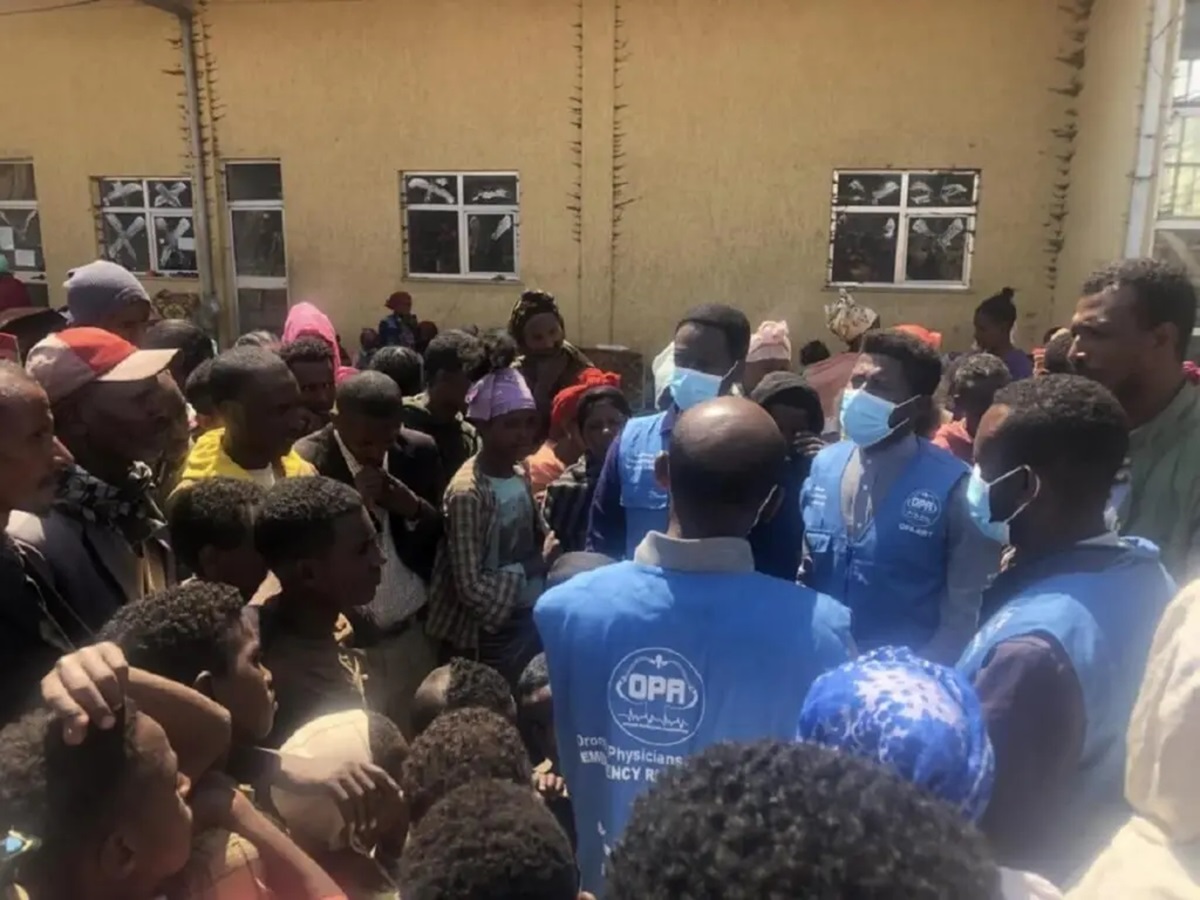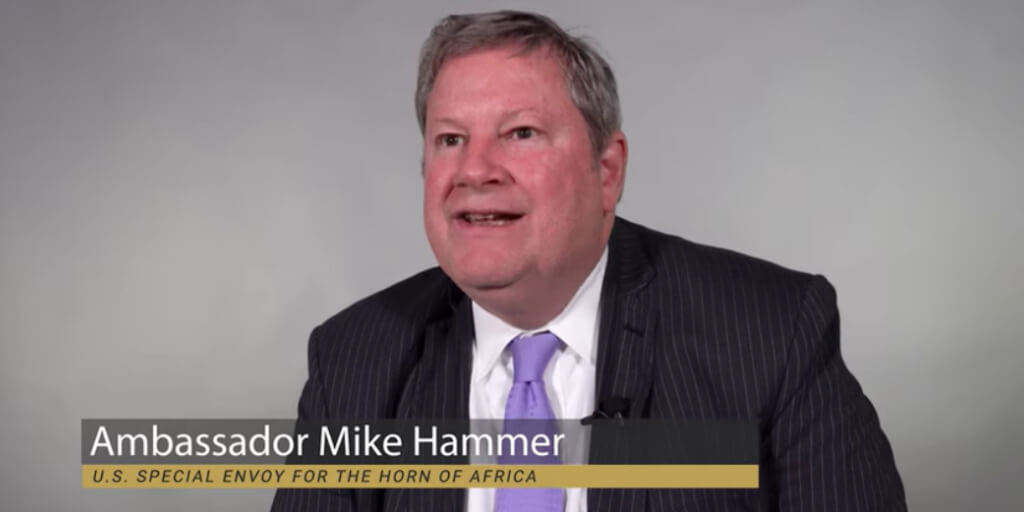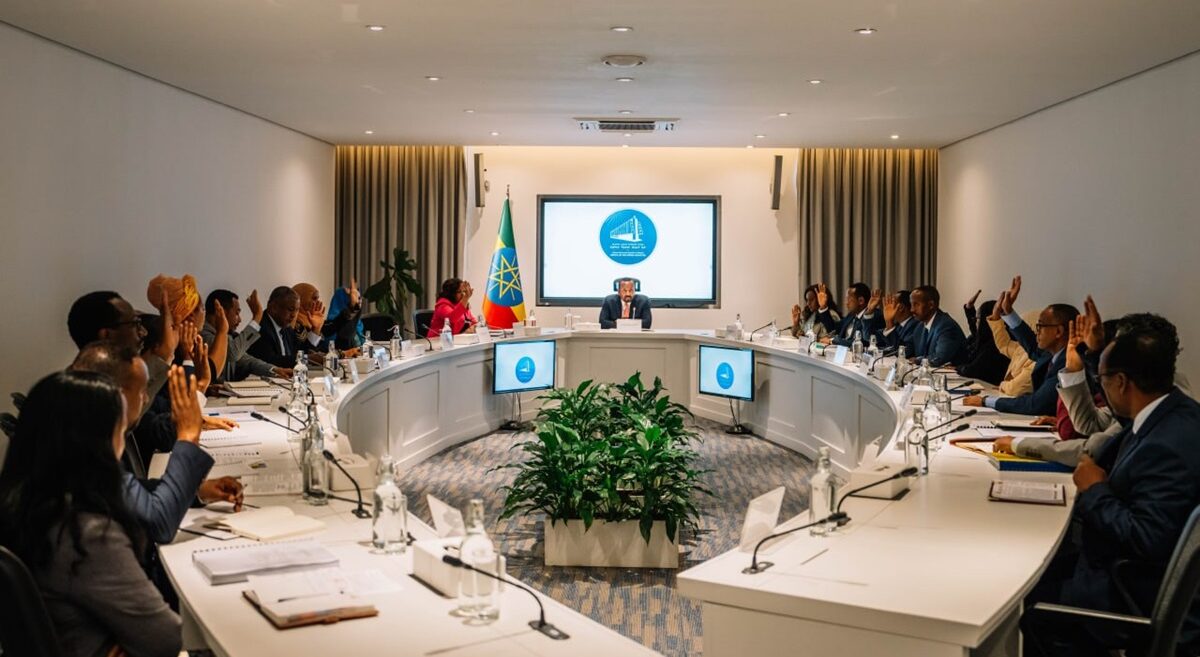New Report: Agricultural growth not reaching its poverty-reducing potential in East, Southern Africa
Oct. 31, 2016 – The agricultural sector in East and Southern Africa is transforming due to increased productivity as more land is being cultivated but agricultural growth has not always led to poverty reduction; many small farmers in the region continue to live in poverty while struggling to own land and access credit, warns a new report presented in Nairobi on Oct. 25th by the International Fund for Agricultural Development (IFAD).
According to the Rural Development Report 2016, the picture that emerges is of an expanding agricultural sector, but one with a weak foundation that is preventing a broad-based reduction in poverty and inequality. The report shows that clear government policies and investments in smallholder agriculture can make a difference.
Opening the meeting, Lakshmi Menon, Associate Vice-President, IFAD, said the Rural Development Report “has uncovered answers to key questions about the nature, pace and direction of changes in rural areas, how they relate to a country’s overall economic development, and what that means for our efforts to improve the lives and livelihoods of rural people.”
With 70 to 90 per cent of the people in the region living in rural areas and dependent on agriculture for their livelihoods, results in the fast-transforming continent are mixed. According to the report, dependence on agriculture ranges from high in Ethiopia, where primary agriculture contributes about half of the total gross domestic product (GDP), to a low in South Africa and Zambia, where the service and mining sectors contribute more. With supportive government actions, growth in agriculture can be 11 times more effective in lifting people out of poverty than growth in other sectors of the economy, such as mining, utilities and services.
In his welcoming remarks, Willy Bett, Cabinet Secretary of the Ministry of Agriculture of Kenya, noted that rural areas were at the centre of most economic activities in Africa. “Rural transformation” he added, “cannot happen if the government is not linking production to markets.” The only way to do so was to provide market access to farmers and link the rural and urban areas together. He stressed that “tips from the report will promote significant changes both in terms of rural transformation and impact.”
In her keynote address, Agnes Kalibata, President of the Alliance for a Green Revolution in Africa (AGRA), said that rural transformation in Africa was intrinsically linked to prioritization of investments by governments. She stressed that those at the bottom of the smallholder pyramid should be given the opportunity to take off. “We need to continue driving agricultural output for [Africa], based on the fact that if we allow agriculture to go down, we will not see the type of inclusive growth that the continent is currently seeing.”
Presenting the key findings from the report, Sana F.K. Jatta, Regional Director of IFAD’s East and Southern Africa said “inclusive rural transformation will not happen automatically – it must be made to happen.” To do this, four interconnected strategies were needed: overcoming the agricultural productivity challenge; promoting manufacturing and optimizing opportunities in agriculture; supporting the rural non-farm economy; and coping with the youth bulge.
The report notes that a large number of young people live in rural areas of Africa. Despite rapid urbanization, projections indicate that the waves of young people reaching adulthood and seeking to establish families and livelihoods will be predominantly rural in sub-Saharan Africa for at least two more decades. Creating jobs for youth on and off the farm is crucial.
To further combat poverty, a special focus should be given to draw young people to the agriculture sector and create a conducive environment for the private sector to invest in smallholder agriculture, the report says. Rural transformation – the reports central theme – goes beyond getting food on the table, it also helps rural youth enter and actively participate in the economy.
The Rural Development Report 2016: Fostering Inclusive Rural Transformation is a rallying call for policymakers and development practitioners to win the global war against poverty. This systematic and rigorous analysis of the rural sector gives a greater understanding of what key investments and policy reforms should be prioritized so that people and nations can benefit and transform rural areas in developing countries. AS


